Shipping goods from China to Hawaii involves navigating a complex landscape of logistics and costs. As international trade continues to grow, understanding the intricacies of container shipping becomes crucial for businesses looking to import efficiently and cost-effectively. This guide delves into the essential elements of container shipping, including an overview of the process, detailed cost breakdowns for different container sizes, factors influencing shipping expenses, additional costs to consider, and practical tips for reducing overall shipping costs.
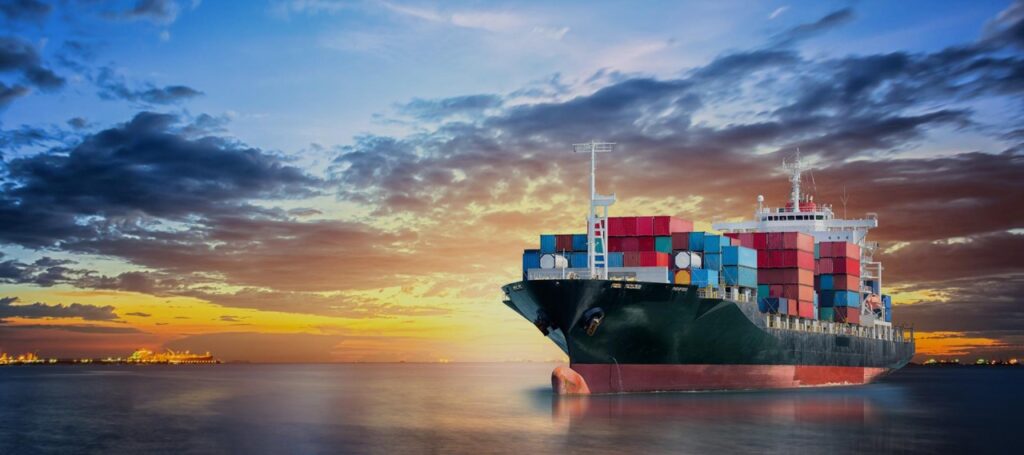
Understanding Container Shipping Costs from China to Hawaii
Overview of Container Shipping
Container shipping is a pivotal component of international trade, facilitating the movement of goods across vast distances. It involves the transportation of cargo in large standardized containers, which can be easily transferred between different modes of transport, including ships, trucks, and trains.
Containers come in various sizes, with the 20-foot (20 ft) and 40-foot (40 ft) containers being the most commonly used in international shipping. The adoption of containerization has revolutionized global logistics, enabling efficient handling, reduced transportation times, and improved inventory management for businesses worldwide.
Shipping goods from China to Hawaii is a complex process influenced by multiple factors, including shipping routes, port infrastructure, and seasonal demand fluctuations. Understanding these elements is essential for anyone involved in importing goods, especially for businesses aiming to leverage cost-effective shipping solutions.
Importance of Container Shipping in Global Trade
The significance of container shipping in global trade cannot be overstated. It accounts for approximately 90% of the world’s trade volume and serves as the backbone of modern supply chains. This mode of transportation offers several advantages:
- Efficiency: By utilizing standardized containers, shipping lines can load and unload cargo quickly, minimizing turnaround times at ports.
- Cost-effectiveness: Container shipping typically reduces freight costs per unit due to economies of scale. As demand for shipping increases, companies can benefit from lower prices.
- Security: Containers are sealed and tamper-proof, providing additional protection against theft and damage during transit.
- Flexibility: Shipping containers can be transported by various modes of transport, allowing for seamless transitions from sea to land.
For businesses looking to import goods from China to Hawaii, utilizing container shipping is often the most practical and efficient option, ensuring that their products reach their destination safely and on time.
READ MORE:
- Shipping From China to the United States
- Shipping From China TO Canada
- Shipping From China TO Mexico
- Shipping From China to Panama
- Shipping From China to Costa Rica
- Shipping From China to Brazil
- Shipping From China TO Colombia
- Shipping From China to Jamaica
- Shipping From China to Venezuela
20 ft Container Shipping Cost from China to Hawaii
Cost Breakdown for 20 ft Containers
When considering the shipping costs for a 20-ft container from China to Hawaii, it is essential to understand the various components that contribute to the overall expense. Below is a detailed breakdown of these costs:
| Cost Component | Description | Estimated Cost (USD) |
|---|---|---|
| Base Freight Rate | The core charge for transporting the container across the shipping route. | $1,200 – $2,000 |
| Fuel Surcharge | A variable charge based on current fuel prices, affecting overall shipping costs. | $200 – $300 |
| Terminal Handling Charges | Fees for loading and unloading at the origin and destination ports. | $150 – $250 |
| Customs Clearance Fees | Costs associated with processing customs documentation and duties. | $100 – $300 |
| Insurance | Optional insurance to protect against loss or damage during transit. | $50 – $150 |
| Delivery Charges | Costs for transporting the container from the port to the final destination. | $200 – $500 |
| Miscellaneous Charges | Any additional fees (e.g., documentation fees, port fees). | $50 – $100 |
Total Estimated Cost
Taking into account the components listed above, the total estimated cost for shipping a 20-ft container from China to Hawaii typically ranges from $2,000 to $3,800. This estimate may vary based on factors such as specific shipping routes, seasonal fluctuations, and the shipping company used.
For businesses seeking to maximize efficiency and reduce costs while importing goods from China to Hawaii, understanding these cost components is essential. Moreover, partnering with a reliable freight forwarder, such as Dantful International Logistics, can significantly enhance the shipping experience. Dantful offers highly professional, cost-effective, and high-quality services tailored to meet the needs of global traders, ensuring smooth customs clearance and timely delivery.
For more information on shipping options and to obtain a personalized quote, consider reaching out to Dantful for assistance in navigating the complexities of container shipping. Their expertise in the industry guarantees a streamlined process, providing peace of mind for your logistics needs.
40 ft Container Shipping Cost from China to Hawaii
Cost Breakdown for 40 ft Containers
Shipping a 40-foot container from China to Hawaii involves various cost components that contribute to the overall freight expense. This larger container size typically offers a greater volume capacity and may present different cost dynamics compared to a 20-foot container. Here’s a detailed breakdown of the associated costs:
| Cost Component | Description | Estimated Cost (USD) |
|---|---|---|
| Base Freight Rate | The principal charge for transporting the container across the shipping route. | $2,000 – $3,200 |
| Fuel Surcharge | A variable fee reflecting fluctuations in fuel prices, impacting overall costs. | $300 – $450 |
| Terminal Handling Charges | Fees for loading and unloading the container at both origin and destination ports. | $200 – $350 |
| Customs Clearance Fees | Charges associated with the processing of customs documentation and duties. | $100 – $400 |
| Insurance | Optional coverage to safeguard against loss or damage during transit. | $100 – $200 |
| Delivery Charges | Costs incurred for transporting the container from the port to the final destination. | $300 – $600 |
| Miscellaneous Charges | Additional fees that may apply (e.g., documentation, port fees). | $100 – $200 |
Total Estimated Cost
The total estimated cost for shipping a 40-ft container from China to Hawaii generally ranges from $3,200 to $5,700. Variability in these costs can arise from specific shipping routes, demand fluctuations, and the chosen shipping provider. Understanding these components will allow importers to effectively budget for their logistics needs.
Factors Influencing Container Shipping Costs
When importing goods via container shipping, several factors can significantly influence the overall costs. Recognizing these variables enables businesses to strategize and optimize their shipping decisions.
Type of Container: FCL vs. LCL
Full Container Load (FCL) and Less than Container Load (LCL) are two primary shipping methods that affect overall shipping costs:
-
FCL: An entire container is dedicated to a single consignee. While typically more expensive upfront, FCL often leads to lower costs per unit, given the maximum capacity utilization.
-
LCL: Multiple shippers share a single container, which can reduce costs for smaller shipments. However, LCL generally incurs higher per-unit costs due to additional handling and logistical complexities.
Choosing between FCL and LCL depends on shipment volume and urgency, influencing the overall shipping budget.
Distance and Shipping Routes
The distance between the origin and destination ports plays a crucial role in determining shipping costs. Longer shipping routes often translate into higher freight rates. Additionally, the choice of shipping route—whether direct or indirect—impacts overall transportation time and related costs. For example, certain routes may offer more efficient transit times, reducing fuel costs and other expenses.
Seasonal Variations in Shipping Costs
Shipping costs are subject to seasonal fluctuations influenced by demand spikes, particularly during peak shopping seasons such as Chinese New Year or Black Friday. Increased demand for container space during these periods typically drives up freight rates. Monitoring seasonal trends can help importers plan ahead and secure more favorable shipping rates.
Impact of Fuel Prices on Shipping Rates
Fuel costs are a significant component of overall shipping expenses. Variations in global oil prices directly affect shipping rates, as carriers adjust their fuel surcharges to reflect rising costs. Importers should remain vigilant regarding fuel price trends, as fluctuations can lead to unexpected increases in shipping costs.
Understanding these influencing factors allows businesses to make informed decisions regarding their shipping strategies and ultimately achieve cost-effective solutions when importing goods from China to Hawaii. For efficient logistics planning, partnering with a knowledgeable freight forwarder like Dantful International Logistics can provide valuable insights and assistance in navigating the complexities of international shipping.
You may be interested in the following related articles:
- Container Shipping Costs from China to France: What You Need to Know
- Unlocking the Secrets of Door to Door Shipping from China to Malta
- How to Find the Cheapest Shipping Company from China to Australia
- Container Shipping Costs from China to Saudi Arabia: What You Need to Know
- Cheapest Shipping Company from China to Saudi Arabia: What You Need to Know
- The Ultimate Guide to Door to Door Shipping from China to Yemen
Additional Costs to Consider in Container Shipping
When importing goods via container shipping, there are various additional costs that can significantly impact the overall expense. Understanding these costs helps businesses budget accurately and avoid unexpected financial burdens.
Customs Duties and Taxes
Customs duties and taxes are mandatory fees imposed by the government of the destination country on imported goods. These costs can vary widely based on the nature of the goods, their declared value, and the country of origin.
- Duties are typically calculated as a percentage of the total value of the goods. For instance, in the United States, customs duties may range from 0% to over 25% depending on the product category.
- Value-Added Tax (VAT) or Goods and Services Tax (GST) may also apply, adding an additional layer of cost for importers.
It’s crucial for businesses to research applicable duties and taxes for their specific products to ensure compliance and avoid costly delays during customs clearance.
Handling and Port Fees
Importing goods involves various handling and port fees incurred at both the origin and destination ports. These fees can include:
- Loading and unloading charges: Fees for physically moving containers on and off ships at the port.
- Storage fees: Costs associated with storing containers at the port for extended periods, which can accumulate daily.
- Documentation fees: Charges for processing the necessary paperwork, such as bills of lading and customs declarations.
Understanding these fees can help businesses anticipate potential costs and negotiate better terms with freight forwarders.
Insurance Costs for Container Shipping
Insurance costs for container shipping provide essential protection against potential losses or damages during transit.
- Insurance premiums typically range from 0.5% to 2% of the total declared value of the cargo.
- Factors influencing insurance rates include the nature of the goods, shipping routes, and historical risk data.
While insurance is an additional cost, it can be invaluable for protecting investments against unforeseen events such as theft, damage, or loss during transit. Importers should assess their risk tolerance and determine the appropriate level of coverage needed.
Tips for Reducing Container Shipping Costs
To optimize shipping expenses, businesses can implement several strategies aimed at reducing costs without compromising service quality.
Choosing the Right Freight Forwarder
Selecting a reliable and experienced freight forwarder is critical for managing shipping costs. A good forwarder will provide valuable insights into:
- Competitive shipping rates.
- Efficient routing options.
- Guidance on customs clearance processes.
Investing time in researching and comparing different freight forwarders can lead to significant savings and improved service.
Effective Planning and Scheduling
Effective planning and scheduling can minimize shipping costs significantly. Businesses should:
- Plan shipments well in advance to avoid last-minute booking fees, which tend to be higher.
- Consider off-peak shipping times when demand is lower, potentially lowering freight rates.
By analyzing shipping patterns and demand fluctuations, businesses can optimize their logistics strategies for cost efficiency.
Utilizing Freight Calculators
Freight calculators can be valuable tools for estimating shipping costs based on various parameters such as weight, dimensions, and destination. Many freight forwarders and logistics companies offer these calculators on their websites, enabling businesses to:
- Compare rates across different carriers.
- Assess various shipping methods (air, sea, land) to determine the best cost-effective solution.
Freight calculators simplify the budgeting process and provide insights into the most economical shipping options available.
Consolidating Shipments for Cost Efficiency
Consolidating shipments can lead to substantial cost savings in container shipping. By combining multiple smaller shipments into one larger shipment, businesses can:
- Reduce overall freight costs by utilizing full container loads (FCL).
- Minimize handling fees and customs costs associated with multiple smaller shipments.
This approach may require careful coordination but can yield significant savings in the long run, making it a worthwhile strategy for businesses aiming to optimize their shipping expenses.
Implementing these strategies allows businesses to effectively manage their container shipping costs while ensuring the timely delivery of goods from China to Hawaii. Partnering with a knowledgeable freight forwarder like Dantful International Logistics can further enhance cost management, providing tailored solutions that align with specific logistics needs. By leveraging their expertise, businesses can navigate the complexities of international shipping with confidence.
FAQs
- What is the average cost of shipping a container from China to Hawaii?
- The estimated cost for shipping a 20-foot container typically ranges from $2,000 to $3,800, while a 40-foot container may cost between $3,200 to $5,700. Various factors can influence these costs, including shipping routes, seasonal demand, and specific shipping companies.
- What factors influence container shipping costs?
- Several factors impact shipping costs, including:
- Type of Container: Choosing between Full Container Load (FCL) and Less than Container Load (LCL) can affect pricing.
- Distance and Shipping Routes: Longer routes usually incur higher freight rates.
- Seasonal Variations: Demand spikes during peak shopping seasons can lead to increased costs.
- Fuel Prices: Fluctuations in global oil prices directly influence shipping rates.
- Several factors impact shipping costs, including:
- Are there additional costs to consider when importing goods?
- Yes, importers should be aware of customs duties and taxes, handling and port fees, and insurance costs, which can significantly add to the overall shipping expenses. For example, customs duties can vary from 0% to over 25%, depending on the product category.
- How can I reduce container shipping costs?
- Businesses can implement several strategies to minimize shipping expenses:
- Choose a reliable freight forwarder that offers competitive rates and efficient routing options.
- Plan and schedule shipments well in advance to avoid last-minute fees.
- Utilize freight calculators to compare shipping costs and methods.
- Consider consolidating shipments to take advantage of Full Container Load (FCL) pricing.
- Businesses can implement several strategies to minimize shipping expenses:

Young Chiu is a seasoned logistics expert with over 15 years of experience in international freight forwarding and supply chain management. As CEO of Dantful International Logistics, Young is dedicated to providing valuable insights and practical advice to businesses navigating the complexities of global shipping.

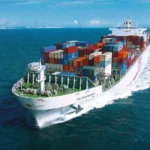

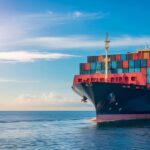
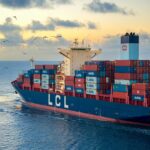
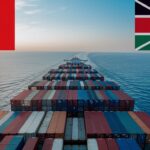

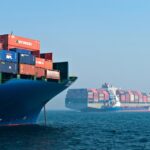
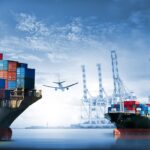
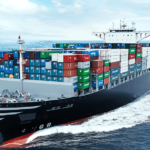
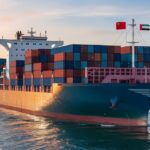
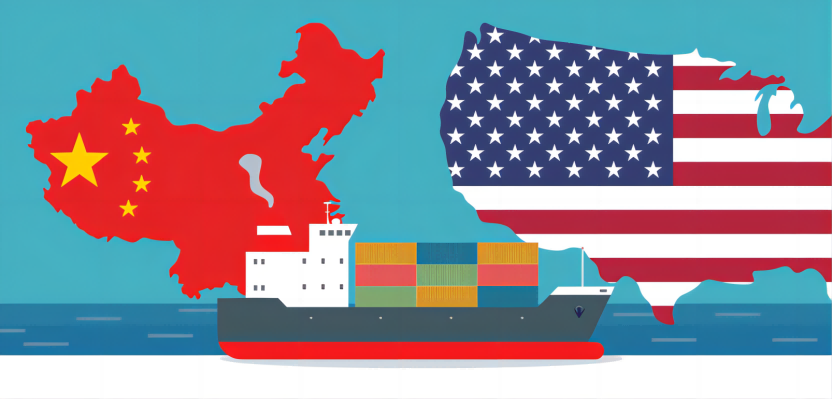
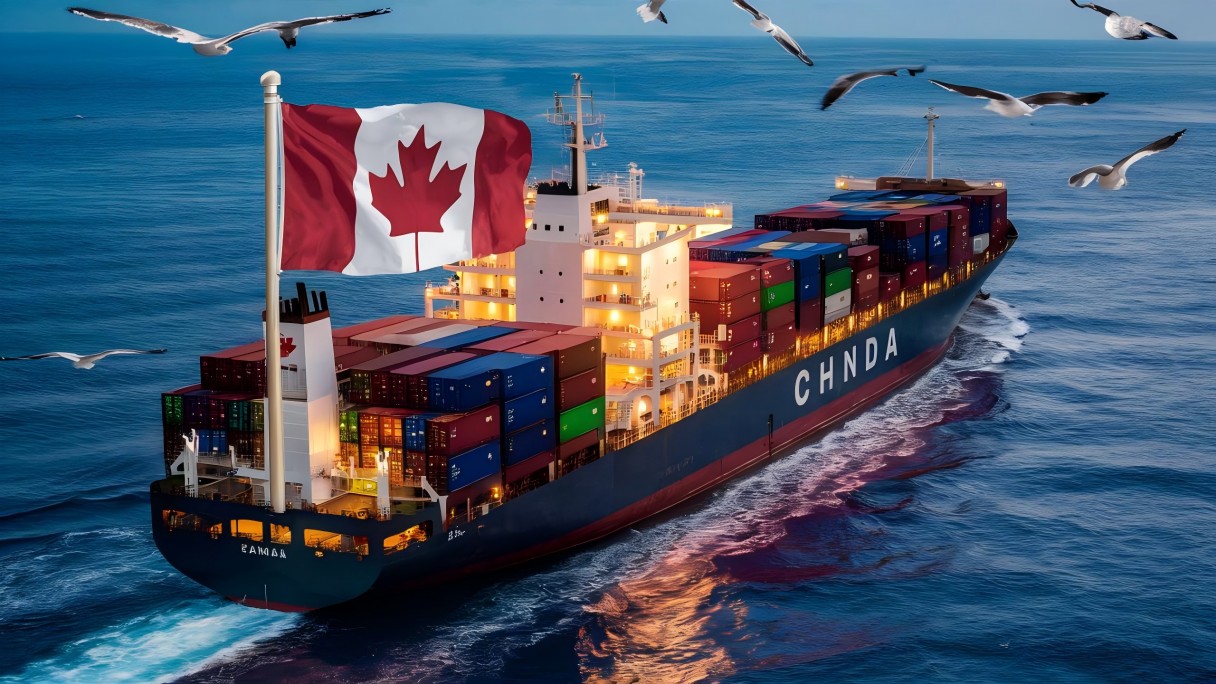
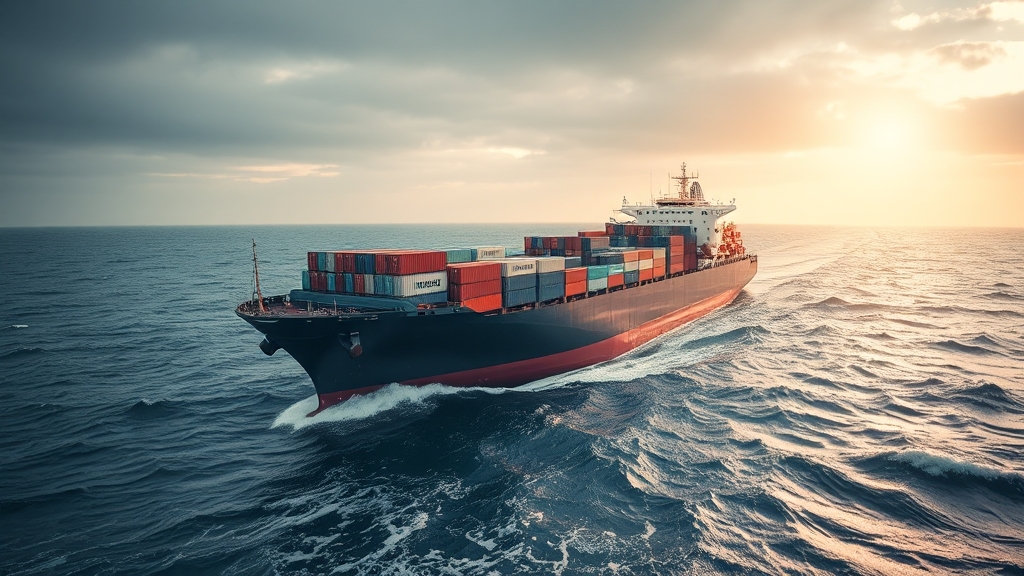
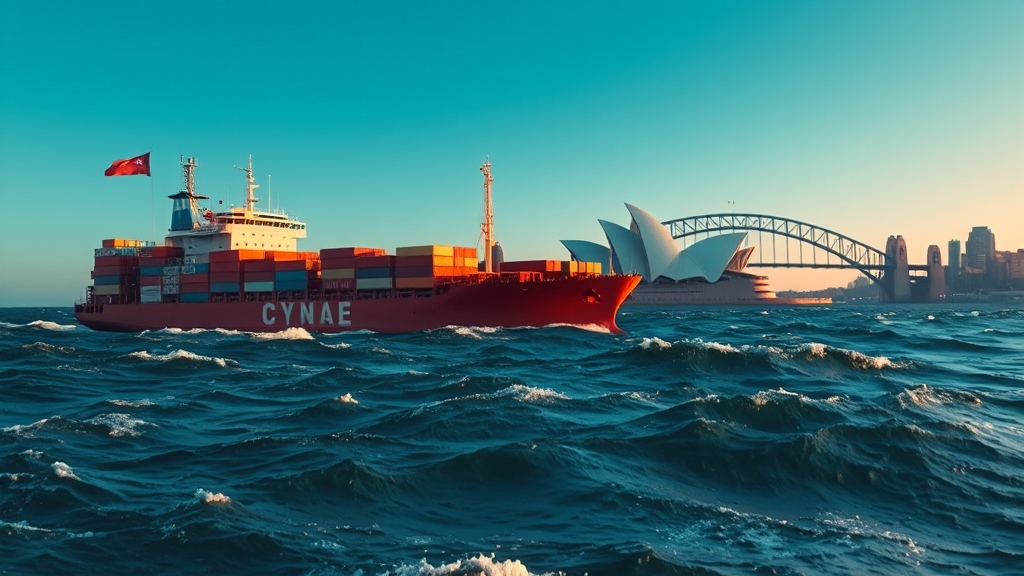
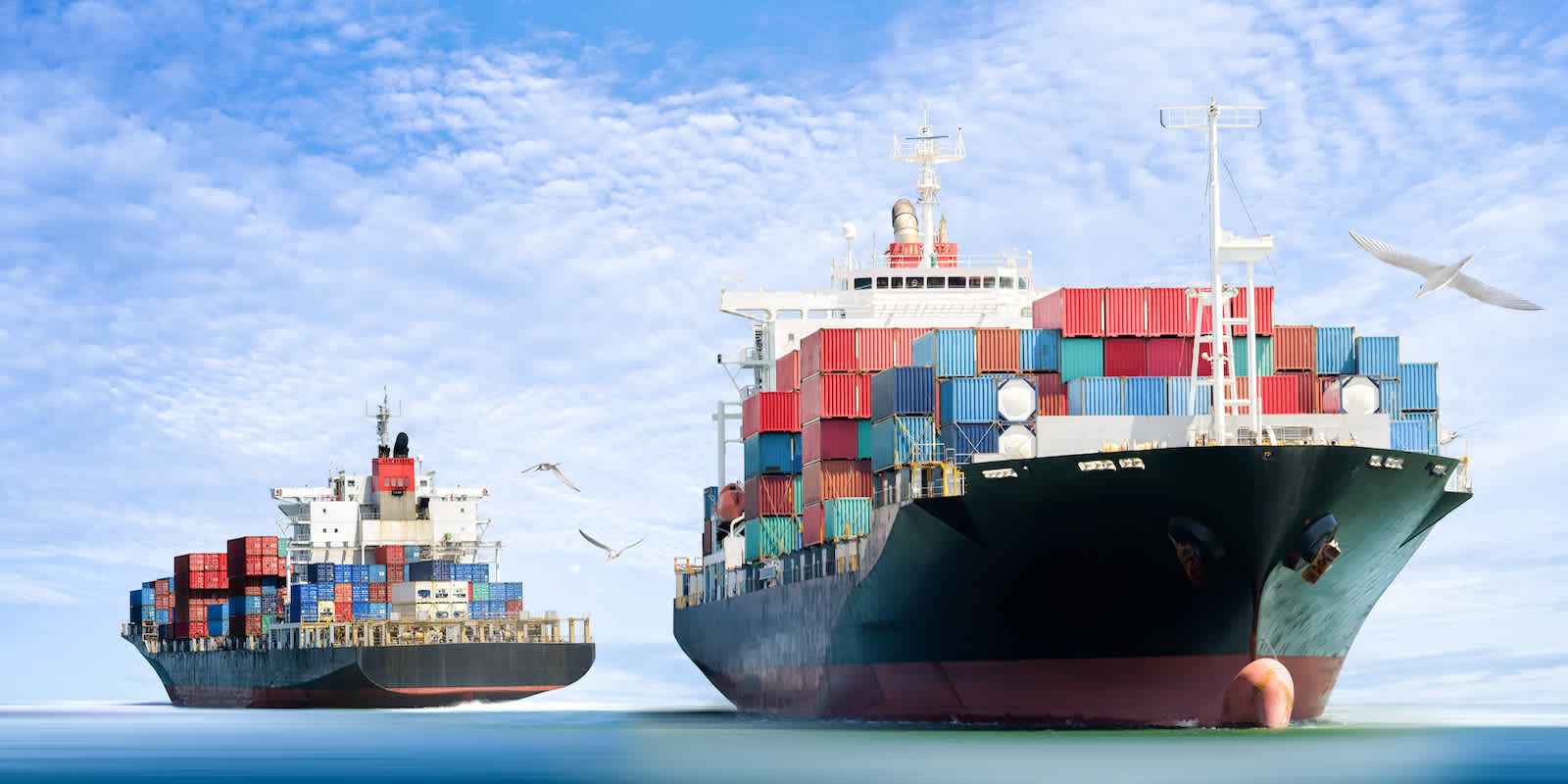





 Afrikaans
Afrikaans Shqip
Shqip አማርኛ
አማርኛ العربية
العربية Հայերեն
Հայերեն Azərbaycan dili
Azərbaycan dili Euskara
Euskara Беларуская мова
Беларуская мова বাংলা
বাংলা Bosanski
Bosanski Български
Български Català
Català Cebuano
Cebuano Chichewa
Chichewa 简体中文
简体中文 繁體中文
繁體中文 Corsu
Corsu Hrvatski
Hrvatski Čeština
Čeština Dansk
Dansk Nederlands
Nederlands English
English Esperanto
Esperanto Eesti
Eesti Filipino
Filipino Suomi
Suomi Français
Français Galego
Galego ქართული
ქართული Deutsch
Deutsch Ελληνικά
Ελληνικά Kreyol ayisyen
Kreyol ayisyen Harshen Hausa
Harshen Hausa Ōlelo Hawaiʻi
Ōlelo Hawaiʻi עִבְרִית
עִבְרִית हिन्दी
हिन्दी Hmong
Hmong Magyar
Magyar Íslenska
Íslenska Igbo
Igbo Bahasa Indonesia
Bahasa Indonesia Gaeilge
Gaeilge Italiano
Italiano 日本語
日本語 Basa Jawa
Basa Jawa ಕನ್ನಡ
ಕನ್ನಡ Қазақ тілі
Қазақ тілі ភាសាខ្មែរ
ភាសាខ្មែរ 한국어
한국어 كوردی
كوردی Кыргызча
Кыргызча ພາສາລາວ
ພາສາລາວ Latin
Latin Latviešu valoda
Latviešu valoda Lietuvių kalba
Lietuvių kalba Lëtzebuergesch
Lëtzebuergesch Македонски јазик
Македонски јазик Malagasy
Malagasy Bahasa Melayu
Bahasa Melayu മലയാളം
മലയാളം Maltese
Maltese Te Reo Māori
Te Reo Māori मराठी
मराठी Монгол
Монгол ဗမာစာ
ဗမာစာ नेपाली
नेपाली Norsk bokmål
Norsk bokmål پښتو
پښتو فارسی
فارسی Polski
Polski Português
Português ਪੰਜਾਬੀ
ਪੰਜਾਬੀ Română
Română Русский
Русский Samoan
Samoan Gàidhlig
Gàidhlig Српски језик
Српски језик Sesotho
Sesotho Shona
Shona سنڌي
سنڌي සිංහල
සිංහල Slovenčina
Slovenčina Slovenščina
Slovenščina Afsoomaali
Afsoomaali Español
Español Basa Sunda
Basa Sunda Kiswahili
Kiswahili Svenska
Svenska Тоҷикӣ
Тоҷикӣ தமிழ்
தமிழ் తెలుగు
తెలుగు ไทย
ไทย Türkçe
Türkçe Українська
Українська اردو
اردو O‘zbekcha
O‘zbekcha Tiếng Việt
Tiếng Việt Cymraeg
Cymraeg יידיש
יידיש Yorùbá
Yorùbá Zulu
Zulu